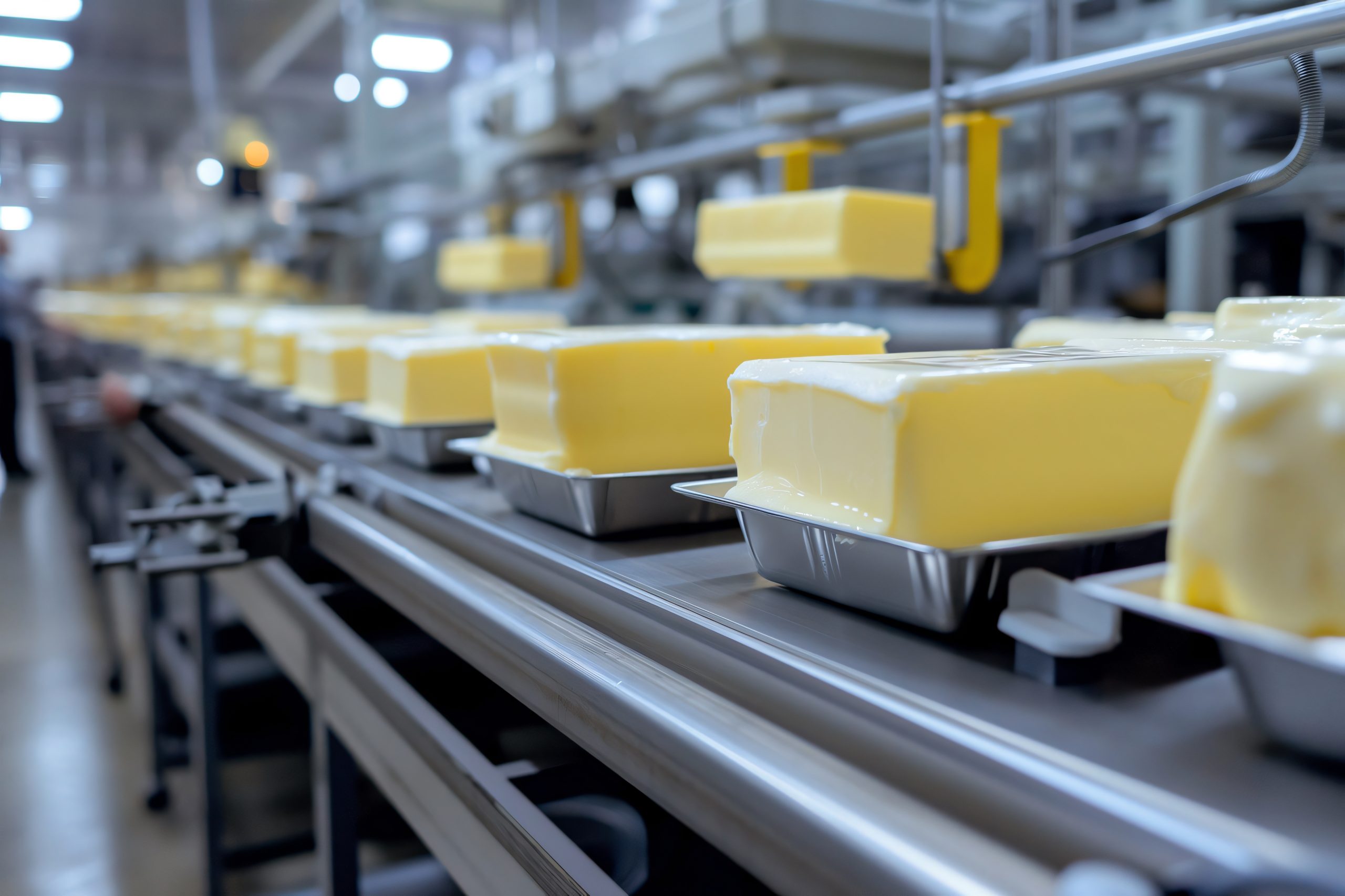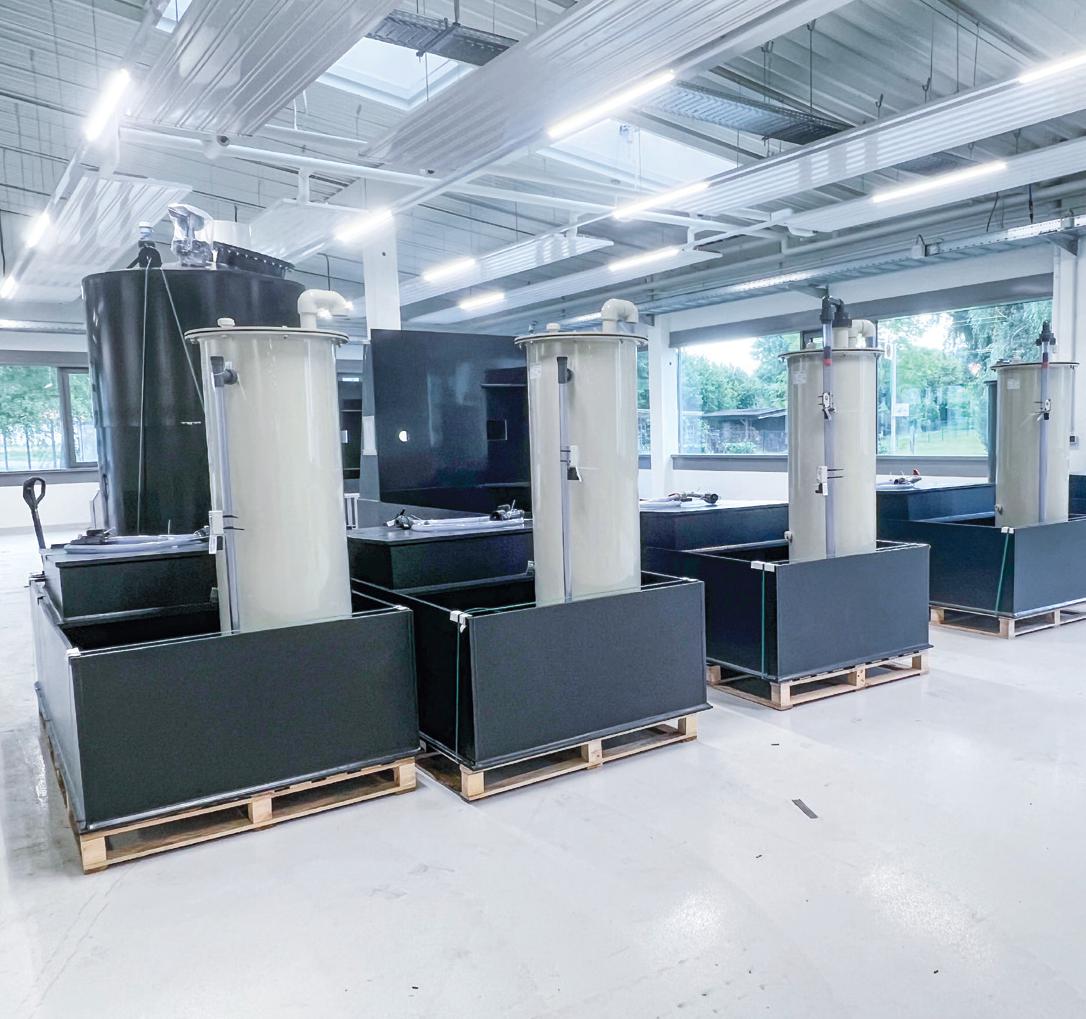The months leading up to the pandemic were characterised by discussions about globalisation and digitalisation, but the main focus was the energy revolution. Young people took to the streets to do their bit as part of the Fridays For Future strikes, the environment was the main focus of talk shows and the public was pretty much under the spell of this topic. Perhaps in part due to this public pressure, both the federal government and the European Union announced pioneering strategies in mid-2020 by declaring hydrogen to be a key raw material for long-term success in the energy revolution. If you take a look at the ambitious goals of the Paris Agreement the EU ratified in 2016, it quickly becomes clear that we need to really accelerate to even achieve these goals in part.
Everyone wants to be the pioneer
The race seems to have started because, all of a sudden, many German federal states want to be the pioneer and lots of countries want to be the global market leader when it comes to hydrogen. This is definitely also associated with the large funding pots promised by both the federal government (in the tens of millions) and the European Union.
In 2020, Germany, Norway and the Netherlands created hydrogen strategies and the European Union followed suit in July with the “Green Deal”. But other European neighbours such as France, Spain and Portugal also have these kinds of strategies, and they are right at the top of the national agenda in countries like Australia, Japan and South Korea. All strategies aim at preventing greenhouse gas emissions and promoting the growth of technological development, as well as the integration of renewable energies.
In Northwest Europe alone, there are currently over 100 hydrogen projects with a total H2 capacity of one GW. This trend is increasing significantly and rapidly. The EU wants to raise this capacity to six GW by 2024. The main focus is on the transport sector and industry. For the market, this is definitely the best opportunity to finally wake the versatile talent of hydrogen out of its deep slumber and help create market-ready products. The bandwidth of innovative projects in the field of hydrogen technology is just endless. Research is being carried out and numerous pilot systems installed in all areas of industry. Hydrogen-powered trains are travelling on North German tracks, a French H2 catamaran (Energy Observer) has been travelling the world’s oceans with a sera compressor pump on board since 2017, 300 more hydrogen filling stations are planned in Korea and German car manufacturers are working on fuel cell vehicles to add to their product ranges.
Sector coupling is the new keyword in the industry. Bringing together multiple sectors to further use hydrogen where it is created as a by-product or, even better, to store renewable energies with hydrogen temporarily in order to then be able to use them, for example, for zero-emission mobility in fuel cell vehicles. As such, hydrogen is an attractive alternative in the field of interim energy storage.
Decades of H2 experience at sera
As an environmental technology company, sera has had experience with the highly interesting and energy-charged gas hydrogen for over 50 years. Initially „only“ active in the field of compressing the gas using metal diaphragm compressors, the compressor technology business division developed innovative products and solutions for the hydrogen market and today, with its subsidiary sera Hydrogen GmbH, is the only supplier for the complete compressor technology spectrum. The sera „H2 – Energy of the Future“ products offer solutions for building technology (temporary energy storage), mobility and transport of the future (hydrogen filling stations), power-to-gas systems and decarbonisation of industry. As early as 2016, sera presented the first hydrogen filling station in Northern Hesse on its own company premises. In the meantime, sera offers modular and scalable H2 filling station systems for all application purposes and sizes. Another exciting project in Thuringia shows how sector coupling can work and how sera’s two business divisions could even generate synergies in the future.
Sector coupling par excellence – refuelling at the sewage treatment plant
Within the framework of the LocalHy project, an association of economic, scientific and community decision-makers who have set themselves the goal of generating and using hydrogen on a decentral basis has been testing a novel power-to-gas system at the municipal sewage treatment plant in Sonneberg in South Thuringia since the start of 2019. This makes it possible to use renewable electricity to split water into hydrogen and oxygen with a pressure electrolyser with the goal of using hydrogen for mobility purposes or for subsequent reconversion via a hydrogen-oxygen cycle engine. The oxygen not required for the refuelling is used for a biological cleaning stage in the test sewage treatment plant.
A hydrogen filling station by sera Hydrogen GmbH refuels six municipal hydrogen vehicles on-site. Vehicles powered by fuel cells require gaseous hydrogen for refuelling. For this application, the innovative dry-running piston compressor with electro-hydrostatic drive by sera Hydrogen is the ideal choice. It compresses large quantities of hydrogen (H2) of up to 1,000 bar. The unique design reliably prevents fuel contamination and satisfies the high cleanliness standards required by vehicle manufacturers.
“True added value for people and the environment is being created here,” comments Carsten Rahier, Managing Partner of the sera Group. “We anticipate the field of hydrogen technology becoming increasingly important. This project
highlights the potential integration options for various sectors within the energy and mobility revolution. We have developed some exciting solutions in the field of hydrogen technologies using our systems. It is great that, in the future, this product will make energy storage problems a thing of the past.”
With this hydrogen technology business division, sera is opening up what is perhaps one of the most important markets of the future and thus preparing itself to be able to provide innovative system solutions for the challenges of the future.



